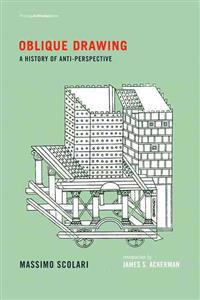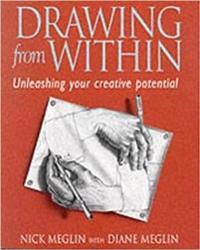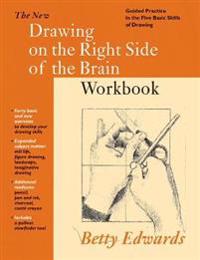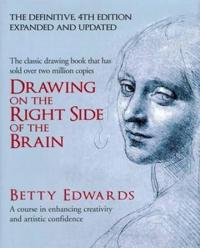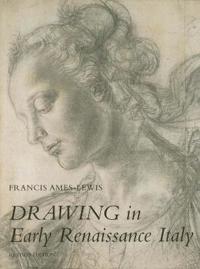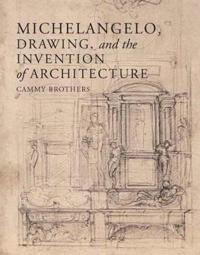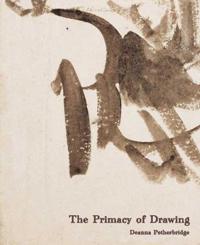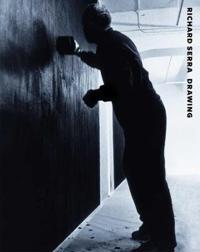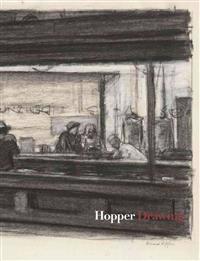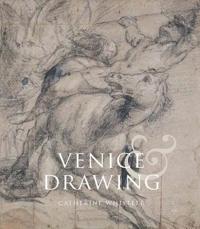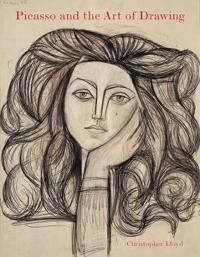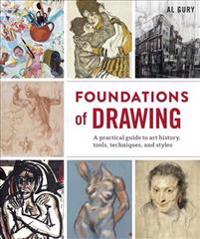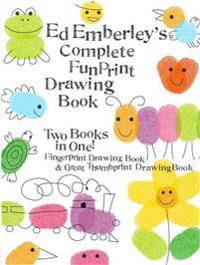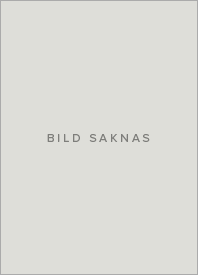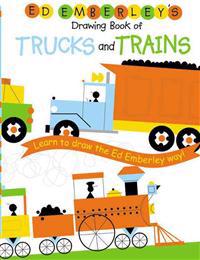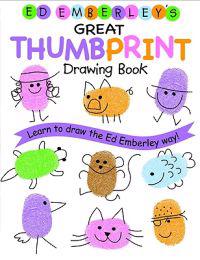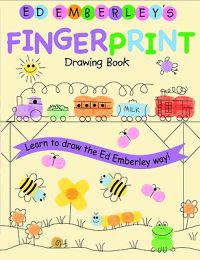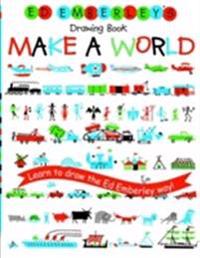Drawing for Architecture (Häftad)
ISBN: 9780262512930 - UTGIVEN: 2009-07Architect Leon Krier's doodles, drawings, and ideograms make arguments in images, without the circumlocutions of prose. Drawn with wit and grace, these clever sketches do not try to please or flatter the architectural establishment. Rather, they make an impassioned argument against what Krier sees a[...]
Oblique Drawing (Pocket)
avMassimo Scolari, James S. (INT) Ackerman, Jenny Condie (TRN) Palandri
ISBN: 9780262527613 - UTGIVEN: 2015-01For more than half a century, Erwin Panofsky's Perspective as Symbolic Form has dominated studies of visual representation. Despite the hegemony of central projection, or perspective, other equally important methods of representation have much to tell us. Parallel projection can be found on classica[...]
Drawing from within (häftad)
ISBN: 9780285635630 - UTGIVEN: 2000-05Unleash your creative potential.
New Drawing on the Right Side of the Brain Workbook (Häftad)
avBetty Edwards
ISBN: 9780285636644 - UTGIVEN: 200304This workbook is a practical, definitive guide to drawing skills and exercises that will develop the skills of anyone. A companion volume to the world's bestselling art instruction book, 'New Drawing on the Right Side of the Brain'.[...]
Drawing on the Right Side of the Brain (Inbunden)
avBetty Edwards
ISBN: 9780285641778 - UTGIVEN: 201304Drawing and the Blind (Inbunden)
avJohn M. Kennedy
ISBN: 9780300054903 - UTGIVEN: 1993-05This groundbreaking work explores how children and adults who have been blind since birth can both perceive and draw pictures. John M. Kennedy, a perception psychologist, relates how pictures in raised form can be understood by the blind, and how untrained blind people can make recognizable sketches[...]
Drawing in Early Renaissance Italy
ISBN: 9780300079814 - UTGIVEN: 2000-03During the 15th century, drawing evolved into an art form in its own right. This manual examines the work of major draughtsmen of the century - Pisanello, Jacopo Bellini, Pollaiuolo, Ghirlandaio, Carpaccio and Leonardo - in order to discuss the new types of drawing that evolved.[...]
Michelangelo, Drawing, and the Invention of Architecture (Inbunden)
avCammy Brothers
ISBN: 9780300124897 - UTGIVEN: 200809Michelangelo's fame as a painter and sculptor tends to eclipse his reputation as an architect, but his impact here was just as profound. In this engaging and handsome book, Cammy Brothers takes an unusual approach to Michelangelo's architectural designs, arguing that they are best understood in term[...]
The Primacy of Drawing (Inbunden)
avDeanna Petherbridge
ISBN: 9780300126464 - UTGIVEN: 201007This important and original book affirms the significance of drawing as visual thinking in western art from the fifteenth century to the present through an examination of its practice: how and why it is made, how it relates to other forms of visual production and theories of art, and what artists th[...]
Richard Serra Drawing (Inbunden)
avJacqueline Williams
ISBN: 9780300169379 - UTGIVEN: 201103As the focal point of numerous high-profile exhibitions, the sculpture of Richard Serra (b. 1939) has drawn international acclaim. Yet even those who have marvelled at Serra's intellectually rigorous and large works of sculpture may not be familiar with his equally intriguing drawings. This handsome[...]
Hopper Drawing (Inbunden)
avCarter E. Foster
ISBN: 9780300181494 - UTGIVEN: 201306Edward Hopper (1882 - 1967) is recognized as one of the most well-known American artists of the 20th century. His distinctive style, combining subtle observations of the world with his imagination, has not only influenced other artists but also photographers, filmmakers, and popular culture. Althoug[...]
Venice and Drawing 1500-1800
ISBN: 9780300187731 - UTGIVEN: 2017-01An impressive overview of drawing in Venice, from the time of Titian and Tintoretto to that of Canaletto and Tiepolo From the time of Titian and Tintoretto to that of Canaletto and Tiepolo, drawing was an important part of artistic practice and was highly valued in Venice. This exciting new study ov[...]
Drawing
ISBN: 9780300220094 - UTGIVEN: 2016-02Drawing. The Bottom Line presents the works of fifty-three artists from around the globe, all working within the medium of drawing and exploiting its versatile nature in a wide variety of ways. From brief sketches to fully realized and complex constructions, drawing provides the preliminary foundati[...]
Jasper Johns Catalogue Raisonne of Drawing
ISBN: 9780300229349 - UTGIVEN: 2018-11The definitive six-volume catalogue raisonne of the drawings of one of the most important artists working today Six decades of both iconic and intimate works by Jasper Johns (b. 1930), who is still producing at the age of 88, are given their full due in this magnificent multi-volume publication. Fea[...]
Picasso and the Art of Drawing
ISBN: 9780300234800 - UTGIVEN: 2018-02In this generously illustrated and lively book, Christopher Lloyd sets out and interprets the lifelong achievement of Picasso (1881-1973) as a draftsman. Although there have been many publications about his drawings that have tended to focus on particular periods of his career, this stunning volume [...]
Foundations of Drawing: A Practical Guide to Art History, Tools, Techniques, and Styles (häftad)
ISBN: 9780307987181 - UTGIVEN: 2017-06From a leading art instructor at the Pennsylvania Academy of Fine Arts in Philadelphia, a complete survey of drawing as an art form covering its history, materials, and key techniques, alongside step-by-step demonstrations. Foundations of Drawing is a comprehensive and authoritative overview of the [...]
Ed Emberley's Complete Funprint Drawing Book (Häftad)
avEd Emberley, Ed Emberley
ISBN: 9780316174480 - UTGIVEN: 2002-04Ed Emberleys Fingerprint Drawing Book and Ed Emberleys Great Thumbprint Drawing Book are combined in a fun craft compilation, complete with step-by-step drawings, colorful illustrations, and simple instructions. Original.[...]
The First Drawing (Inbunden)
ISBN: 9780316204781 - UTGIVEN: 2013-09In 1994, the Cave of Chauvet-Pont-d'Arc was discovered, filled with the oldest known drawings in existence at that time, made 30,000 years ago. In that same cave, prehistoric footprints were discovered: those of an 8-year-old child and a wolf. From these astonishing facts, THE FIRST DRAWING was born[...]
Ed Emberley's Drawing Book of Trucks and Trains (Häftad)
avEdward R. Emberley, Ed Emberley, Edward R. Emberley
ISBN: 9780316789677 - UTGIVEN: 200501Both children and adults will find the author's "vocabulary" of shapes and letters easy to use as they employ his step-by-step method of constructing a drawing in order to create trucks and trains that are full of energy and power. Reprint.[...]
Ed Emberley's Great Thumbprint Drawing Book (Häftad)
avEd Emberley, Ed Emberley
ISBN: 9780316789684 - UTGIVEN: 2005-06Instructions for creating a variety of shapes and figures using thumbprints and a few simple lines.
Ed Emberley's Fingerprint Drawing Book (Häftad)
avEdward R. Emberley
ISBN: 9780316789691 - UTGIVEN: 200506Using fingerprints and a few dots, scribbles, and lines, Ed Emberley shows would-be artists how to make all sorts of pictures, inlcuding frogs, trains, flowers, clowns, dragons, and more This classic book is packed with fun things that kids-and many adults-really want to create. Easy and fun, the b[...]
Ed Emberley's Drawing Book of Faces (Pocket)
avEd Emberley
ISBN: 9780316789707 - UTGIVEN: 200608Presents step-by-step instructions for how to draw simple faces of people and animals based on basic shapes such as squares, circles, and rectangles.[...]
Ed Emberley's Drawing Book of Weirdos (Häftad)
avEd Emberley
ISBN: 9780316789714 - UTGIVEN: 2005-06Using his "alphabet" of a few letter and squiggles, Ed Emberley shows would-be artists how to draw a selection of terrifying weirdos and ghastly monsters. 32 pages packed with ghouls and goblins that kids love and really want to draw. Easy and fun, the book provides hours of art-full fun.[...]
Ed Emberley's Drawing Book (Häftad)
avEd Emberley
ISBN: 9780316789721 - UTGIVEN: 200610Using circles, triangles, rectangles and other simple lines, the author illustrates the way in which to draw a number of everyday objects.[...]


